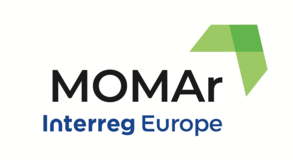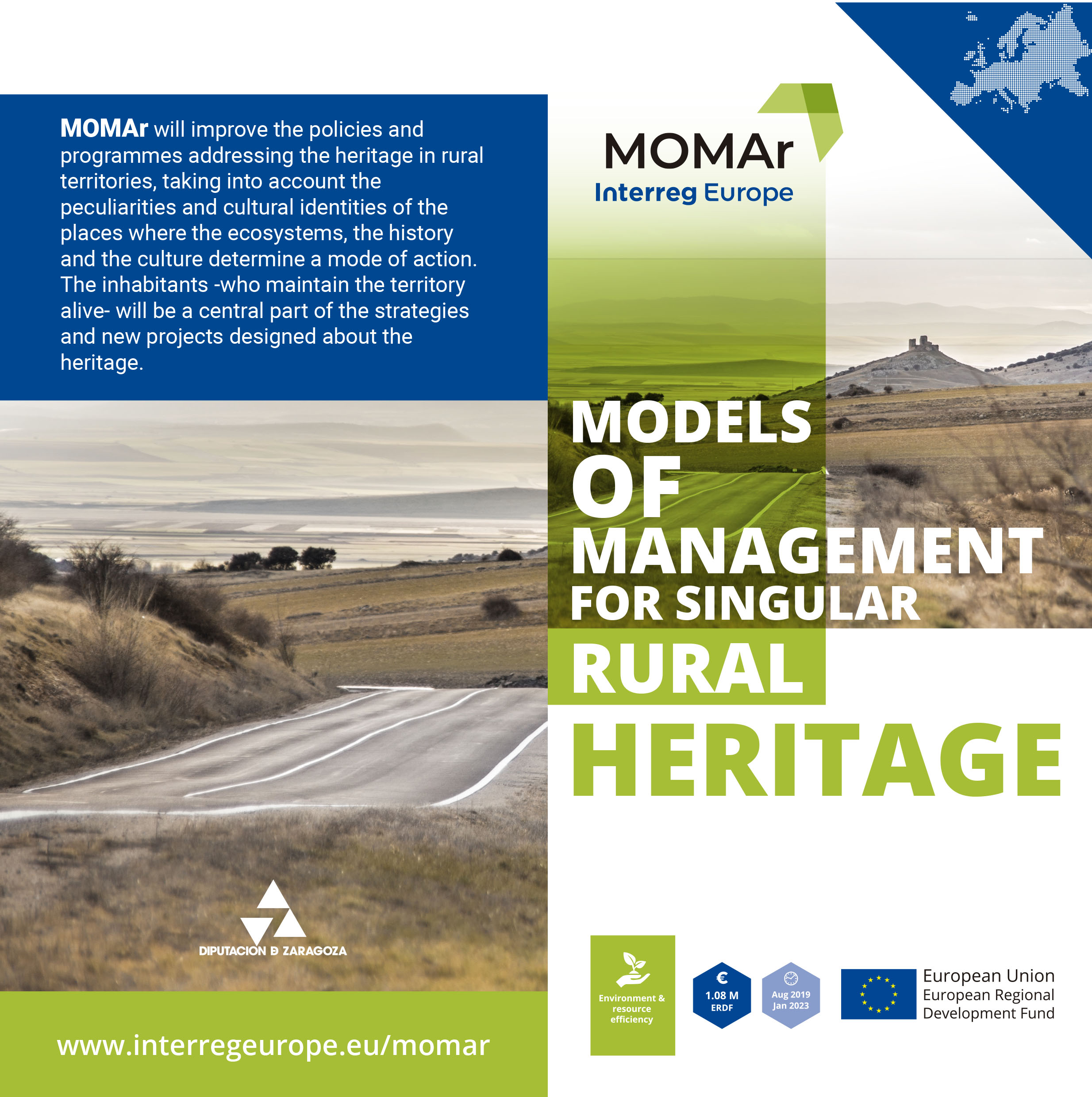The Interreg Central Europe project, ForHeritage, organized its final conference on May 12 and invited to participate MOMAr. This online event became the conclusion of a project that started its work in 2020 and has been dedicated to promoting integrated heritage management engaging communities, mobilising funding and developing capacities for enhanced protection and management of cultural heritage assets in central Europe.
The final conference addressed the complexity of cultural heritage management from a sustainability point of view, taking into account challenges related to financing, participatory approaches and inclusive governance, public-private collaboration, and heritage impact assessment. Besides, the event aimed to have a cross-fertilization on the key challenges tackled by a set of seven European projects implemented under a variety of EU programmes, in order to present the different perspectives and the gained experiences on cultural heritage management.
For that purpose, the scientific coordinator of MOMAr, Irene Ruiz, was invited to present MOMAr goals and achievements during its two years of work, pointing out the final aim of the project: To improve local and regional policy instruments for developing better models of heritage management in rural areas. In this regard, Ruiz emphasized the particularities of heritage management in rural areas that need to include local people’s participation with a bottom-up approach. The limited resources in these areas make essential the know-how of the local community and their involvement in the models of management in order to be as self-sufficient as possible.
According to that, the scientific coordinator explained how the exchange of experiences has been a key point for MOMAr development. The learning among different European territories about diverse strategies and models of work gave the partners the possibility to discover new approaches and even adopt good practices on heritage management from other countries to their own heritage models through the Action Plans. Not to mention, the value to learn from challenging cases that brought to the experts the possibility to avoid unsuccessful procedures.
To exemplify this methodology, Irene Ruiz presented some good practices identified by the MOMAr partners together with the main topics their Action Plans are addressing.
Other external projects invited to participate at the final conference were Open Heritage (Organizing, Promoting and Enabling Heritage Reuse through Inclusion, Technology, Access, Governance and Empowerment), SoPHIa (Social Platform for Holistic Impact Heritage Assessment), CLIC (Circular models Leveraging Investments in Cultural heritage adaptive reuse), Cultural Heritage in Action and Be.Cultour (Beyond CULtural TOURism).
The second part of the conference was devoted to gaining knowledge on how the complexity of heritage management is addressed in the new EU programming for 2021-2027. Representatives of relevant European institutions like the European Commission and the Executive Agency EACEA, the European Investment Bank Institute, Creative Europe the Interreg Central Europe and Interreg Europe Programmes, and Creative Europe were invited to share the key points when facing the sustainable future of heritage. Its consideration as a transversal and unifying element of the different objectives of the European Agenda will be decisive.












